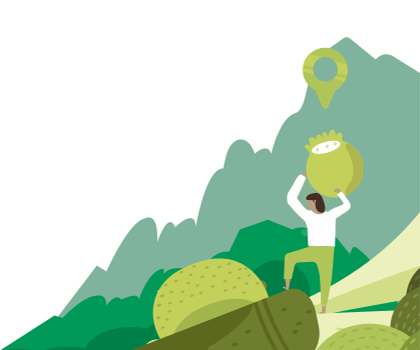The Harley Street Nutritionist’s guide to snacking
Some people snack all day consuming vast amounts of calories, others try to avoid it at all costs but used properly the snack is a wonderful thing!
First let’s look at what the snack is for. If you have ever said “how can I fit five portions of fruit and veg a day in?”, the snack is your solution. If you ever get peckish at 10:30am but don’t have a lot of time to stop, the snack has got your back. It’s only an hour 'til lunch but you are already starving, there’s the snack again. Got a four o’clock slump? Hello snack!
It is an opportunity to consume some nutrients and keep hunger at bay until your next meal. In fact there’s not really much not to like about a snack. But before anyone gets carried away, lets talk about the rules...
Listen to your hunger
Hunger is there for a reason. Evolution has spent a lot of time building in this sense so don’t ignore it. It’s quite a subtle feeling and relatively easy to override at first but If you feel hungry it’s because you need some nutrients so give it the respect it deserves. If you do override the feeling then you are leaving yourself open to overeating when you finally do eat because making a rational decision to stop eating is much more difficult if you have waited until you are starving.
Don’t eat sugary foods by themselves
Sugary foods are digested very quickly so can cause a spike in your blood sugar. Sugar molecules are relatively big and so if you have a lot of them in your blood you can damage the small blood vessels in your eyes, nerves and kidneys. The body has an amazing built-in mechanism to protect against this damage though. When blood sugar goes too high, a massive amount of insulin is released to bring blood sugar back down to a safe level but this sugar can end up as stored energy rather than used energy and can lead to low blood sugar or a “sugar crash”. If you eat slow release carbs (whole grains, oats, etc.) you get a moderate rise in blood sugar, which your body is more likely to be able to use rather than store.
Try and get a couple of food groups in your snack
The food groups are: carbohydrates, protein, fruit and veg and calcium. So oatcakes and hummus contains slow release carbs (from the oats); protein (from oats and chickpeas); and vegetable matter (from the chickpeas). A good all round snack. Cream cheese on granary toast contains slow release carbs (from the toast); protein (from the cheese); and calcium (from the cheese). Yogurt with fruit contains fruit (from the fruit!); protein (from the yogurt); and calcium (from the yogurt). And so on. A balanced snack will keep you going for longer and gives you more nutrients throughout the day.
In conclusion I say love the snack, but make it count!

Find a nutritionist dealing with Healthy eating
All nutrition professionals are verified





